Rhodiola Rosea Root Extract Powder
What is Rhodiola and what is Rhodiola Rosea Root Extract Powder
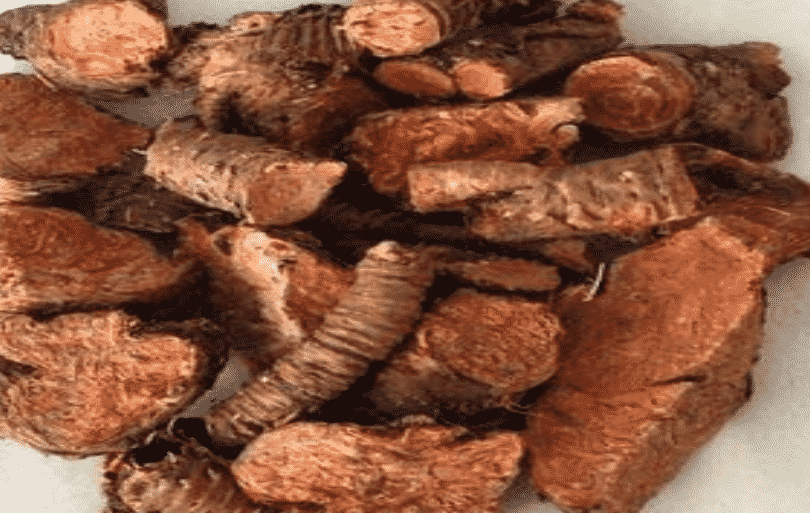
Rhodiola is a traditional Chinese medicine in China. In ancient China, the first medicinal book, Shennong Materia Medica Classic has clear medicinal records, and is known as “divine grass”.Because growing in the high cold special environment and has anti-fatigue, anti-hypoxia, anti-aging and other unique effects
What is Lipopolysaccharide (LPS) of Organic Rhodiola Rosea Root Extract Powder
Lipopolysaccharide (LPS), one of the major components of the cell wall of Gram-negative bacteria, released after the disintegration of bacterial death, is the major pathogenic substance of Gram-negative bacteria and a direct cause of severe inflammatory infection.In recent years, great progress has been made in the structure of LPS and its induced inflammatory signaling transduction pathways
What constitutes lipopolysaccharide
LPS is a biomolecular that constitutes the outer surface of Gram-negative bacteria.It consists of lipid A, O-antigen and core polysaccharide
Among them, O-antigen is specific, composed of repeated units of oligosaccharides; core polysaccharide is not specific, is the structure of all gram-negative bacteria, composed of 2-ketone-3-deoxybitter acid, galactose, heptotose, etc.; lipid A is the hydrophobic group of LPS, the main component of bacterial outer membrane
Lipopolysaccharide-induced inflammation
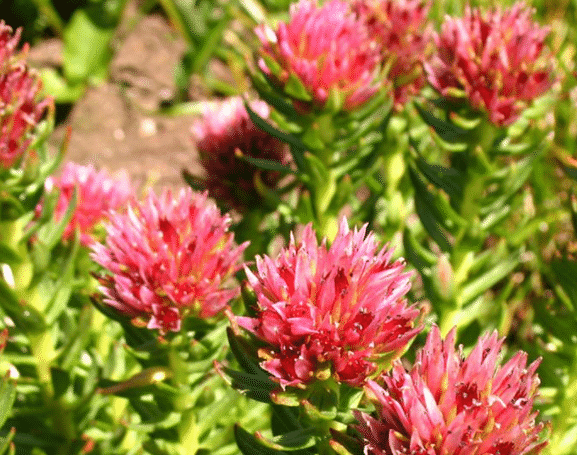
LPS can be released either after the rapid bacterial growth process or after death.Liopolysaccharides entering the blood flow can come from infections with various exogenous Gram-negative bacteria or from intestinal Gram-negative bacteria when the body has low resistance.When the body is infected with Gram-negative bacteria, LPS acts on the cell membrane receptors of parenchymal cells, such as macrophages, smooth muscle cells, and endothelial cells, thereby activating intracellular inflammatory signaling, leading to changes in gene expression of relevant inflammatory factors or mediators within the nucleus
LBP of Organic Rhodiola Rosea Root Extract Powder

LBP is an acute-phase glycoprotein with a relative molecular mass of 60 ×l03, containing 452 amino acids present in normal human and animal serum.
It was named because of its highly affinity to lipid A in LPS and ease to bind to LPS.LBP is synthesized from hepatocytes and secreted into blood, and is rapidly elevated at about 5-10 µg/mL, in vivo but to about 200 µg/mL.LBP plays a bidirectional role in the LPS-mediated pathophysiology process.
CD14 of Organic Rhodiola Rosea Root Extract Powder
The leukocyte differentiation antigen 14 (CD14) is a specific monocyte, neutrophil, and macrophage surface marker that is a member of the cell surface glycoprotein family
The receptor for LPS, CD14, exists in two forms: membrane-bound CD14 (mCD14), which is mainly in endothelial and epidermal cells, and soluble CD14 (s CD14) dissolved in plasma, resulting from mCD14 degradation or direct secretion of monocytes / macrophages
How is Rhodiola distributed of Organic Rhodiola Rosea Root Extract Powder
Rhodiola is a rare and rare medicinal plant, belongs to the family Rhoaceae, Rhodiola is an herb for many years, mainly by root and stem into medicine.There are more than 200 species in the world, mostly in the alpine zone of the northern hemisphere, most grow in alpine boulders or shrubs of about 3500-5000 meters, there are 73 species in China.
After long-term adaptation and selection to hypoxia, dryness, strong ultraviolet light and other cold and harsh environment, rhodiola has formed a unique and rich nutrient and has high medicinal value
What is The structure of Salidroside of Organic Rhodiola Rosea Root Extract Powder
Rhodiola rosine (Salidroside) is one of the most important components of rhodiola, with a variety of pharmacological functions.Molecular C14H20O7, molecular weight 300.30, sweet, extremely soluble in water, easily soluble in methanol, ethanol, insoluble in ether.The decomposition reaction of concentrated potassium hydroxide solution can be produced

What does the red sky look like of Organic Rhodiola Rosea Root Extract Powder
Rhodiola (Rhodiola rosea), the English name Roseroot, is the family, perennial herb, 10 – 20 cm tall.The roots are robust, conical, fleshy, brownish, with most whiskers roots in the neck.The rhizome is short, thick, cylindrical, with most tile-lined squy-like leaves

What is The main component of Organic Rhodiola Rosea Root Extract Powder
The main components of rhodiola are: rhotinine (Salidroside) and its oside tyeol (Tryosol), 6-oxygen-feeding acyl rhotinine, 1, 2,3, 4,6-pentaxia-acyl- β-D-glucose, oxalin-7-oxygen- α-L-, oxalin-7-oxygen- (3-oxygen- β-D-glucyl) – α-L-; also contains flavonside, hypotonic acid, Shanol, quercetin, tyesavi (Rosavin), caseogenesis (Rosarin), tyesari (Rosin) and other structures
. Rhodiola root contains about 30 volatile oils, including the highest Sosaol content, accounting for about 26%, and β-zoleene, α-Oxiangene, etc.The above-ground portion contains Rhodiolgin, Rhodionidin and Rhodiolgidin et al
What kind of Organic Rhodiola Rosea Root Extract Powder medicinal
At present, the types of medicinal or health care products are: Rhodiola crenulata (flower), Rhodiola Rosea (Rhodiola Rosea), rhodiola (Rhodiola sachalinensis A.Bor.), Slit Red View Sky (Rhodiola kirilowii (Regel) Maxi.), Deep Red View Sky (Rhodiola coccinea (Royle) A.Bor.)
Organic Rhodiola Rosea Root Extract Powder Sedation hypnosis
Erythemidine, through regulating the brain serotonin system, has a certain sedative and hypnotic effect, and is able to be synergistic to hypnotitize mice with sodium pentobabbital
Organic Rhodiola Rosea Root Extract Powder Anti-cerebral ischemia effect
The key to brain edema is the imbalance in the distribution of water and electrolyte inside and outside the brain cell membrane, which destroys the stability of the internal cell environment and the structural integrity of the brain cell.Recent studies have confirmed that the overexpression of aquaporin 4 plays an important role during brain oedema formation
Organic Rhodiola Rosea Root Extract Powder Rhotinidine acts on nerve cells
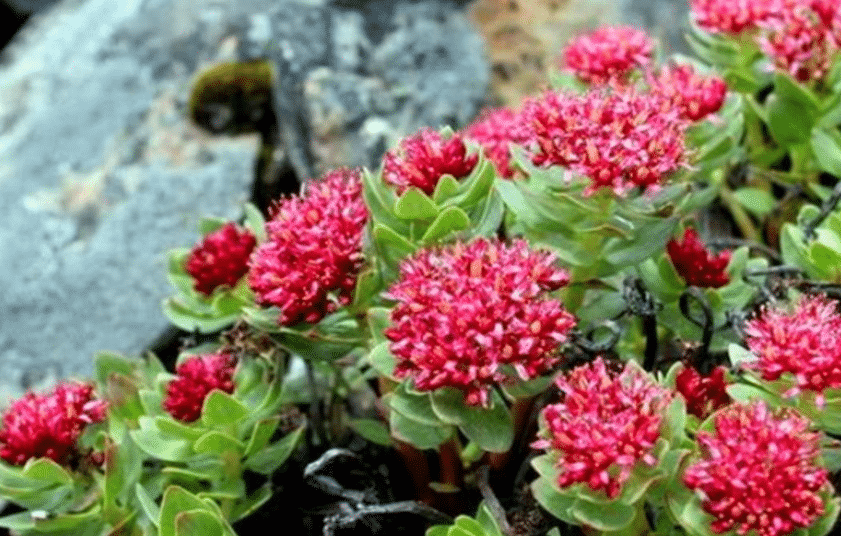
Erytinosine can significantly reduce the percentage of apoptosis and necrosis during SH-SY5Y hypoxia / glucose deficiency damage, improve mitochondrial membrane potential and activity, and its effect increases with dose
Organic Rhodiola Rosea Root Extract Powder Anti-radiation effect

Erytinosine can compete with DNA to react with free radicals, and thus has some protection against γ -ray radiation and proton irradiation
Organic Rhodiola Rosea Root Extract Powder Inhibition of cardiomyocyte damage, apoptosis
The protective effect of rhotinine on myocardial hypoxia / reoxygenation injury indicates that rhotinine (100 µg/mL) increases the viability of hypoxia / reoxydamage cardiomyocytes and is protective against hypoxia-induced cardiomyocyte injury.Erytinine has an inhibitory effect on cardiomyocyte apoptosis, and its mechanism of action may be related to its anti-lipid peroxidation and inhibition of intracellular calcium overload
Organic Rhodiola Rosea Root Extract Powder Effect on viral myocarditis
The Corsacki B3 virus (Coxsack-ie virus group Btype3,CVB3) is a major pathogenic factor in viral myocarditis (viral myocarditis,VMC).The virus infection model was used to establish in vitro and external B3 virus to detect the antiviral effect of erytinidine.Results Both rhodiola and galactoside analogues significantly inhibited type B3 virus and outperformed the positive control drug ribavirin
Organic Rhodiola Rosea Root Extract Powder Anti-fatigue effect

Erythemidine can antagonize the reduced plasma SOD activity in mice due to prolonged exercise.Electron microscopy results showed that skeletal muscle and myocardial damage were obvious after long endurance exercise, and the ultrastructural damage of skeletal muscle and myocardium in the exercise group was more obvious than the rhotinine + exercise group, indicating that rhotinine has a certain protective effect on the oxidative damage caused by exercise
Organic Rhodiola Rosea Root Extract Powder antioxygenation
Actinine is antioxidant and can serve as a new therapeutic to treat and prevent diseases associated with oxidative injury / stress, where the position of the hydroxyl group on the benzene ring can influence the antioxidant activity of Actinine
Organic Rhodiola Rosea Root Extract Powder Liver protection
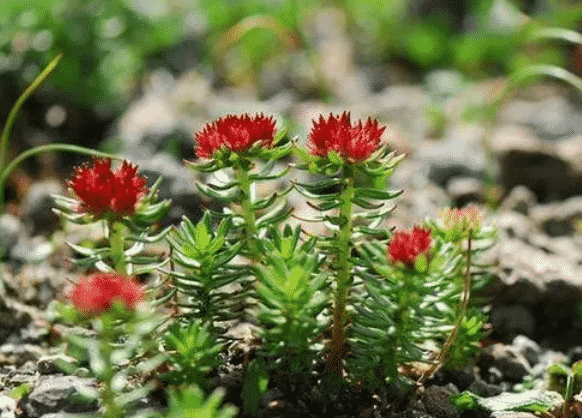
Erytinine has an anti-hepatic fibrosis effect at the cellular level and its mechanism of action may be related to its ability to inhibit HSC proliferation and activation and inhibit lipid peroxidation
Organic Rhodiola Rosea Root Extract Powder Anti-renal damage
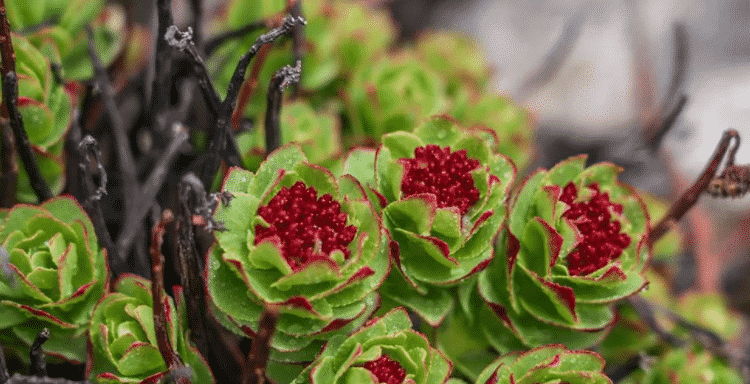
Erytinosine can delay the process of glomerular sclerosis, mainly by reducing the urinary protein, blood cholesterol, improving plasma albumin in doxorubicin, and promoting the accumulation of extracellular matrix (ECM) in rat doxorubicin nephropathy and inhibiting ECM degradation
Organic Rhodiola Rosea Root Extract Powder Anti-tumor effects
Erytinine has some inhibitory effect on K562 cell growth.Erytinine also promotes concentration-and time-dependent proliferation of Cloudman S91 melanoma cells

Anti-aging effects
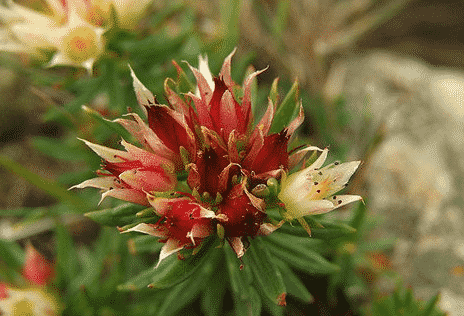
The anti-aging effect of rhotinine may be in improving the activity of superoxide dismutase in diploid cells, reducing LPO content, inhibiting lipid peroxidation, enhancing cell metabolism, and playing a role in improving cell viability
Where are most Rhodiola distributed
It is known that there are 96 species around the world, most of which are distributed in the limestone, granite mountain glaciers, ridge grassland or valley rocks in the alpine zone of 3500~5000m centered in the northern hemisphere, and a few grow near the alpine grassland of about 2000m, such as North America, East Asia, Central Asia and Siberia
How is Rhodiola distributed in China
There are 73 species, two subspecies and seven variants, accounting for about 85% of the world’s red landscape resources, mainly in southwest, northwest, north China and northeast China, and 55 species on the Qinghai-Tibet Plateau
Can Rhodiola be used for medicine
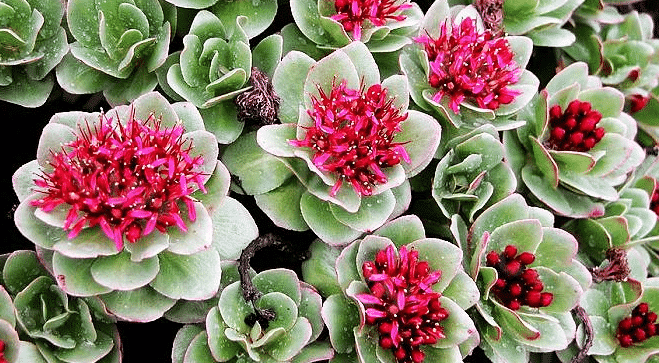
Although rhodiola plants can feed, but mainly with meat root and root as the main medicinal site, phenotype and tissue structure is very similar and difficult to distinguish, resulting in domestic and international market rhodiola medicinal plants is mixed (or adulteration) is very serious, at home and abroad related researchers also use UV spectrophotometry, HPLC, thin layer chromatography, NMR spectroscopy and barcode methods carried out a series of identification research
Protective effect of rhotinine on the skeletal system
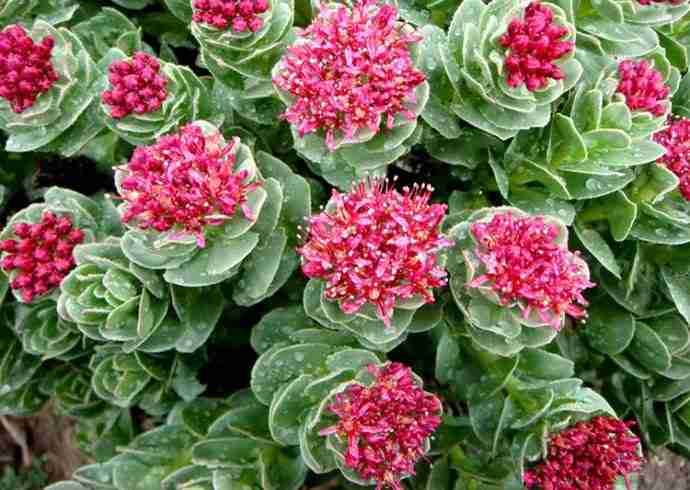
Following in culture of human MSCs (mesenchymal stem cells,MSCs) by in vitro isolation and co-culture with different concentrations of rhotinine, rhotinine (1. 5 μg /mL) significantly promoted MSCs proliferation and upregulated expression of dry cytokine (SCF)
Animal experiments have shown that erytinosine ( 20 mg / kg) effectively prevents bone loss and deterioration of bone trabecular microstructure in ovarierized mice and protects MC3T3-E1 cells from H2O2-induced cellular damage and functional impairment by inhibiting the release of bone resorption mediators and osteoblast oxidative stress
Protective effect of rhotinine on the cardiovascular system
In recent years, cardiovascular disease has become the first killer of human health, with the characteristics of high morbidity, high mortality rate, high disability rate, high recurrence rate, more complications, namely “four and high one”
Necroptosis and apoptosis of cardiomyocytes play a crucial role in the progress of cardiac disease.
The protective effect of rhotinine on the nervous system
As a small molecule compound in plants, rhodiola improves mouse MSCs neuronal differentiation by downregulating Notch signaling and upregulation of BMP signaling
Celtinine inhibits focal cerebral ischemic damage in rats by at least two pathways: one is in rat cortical neurons, Celtinine mediates the ERK1 / 2 pathway, reduces oxidative stress and blocks caspase-3 activation to protect PC12 cells treated with nerve growth factor from H2O2-induced apoptosis
The protective effect of rhotinine on liver and kidney

Erythemidine can also inhibit the liver fibrosis process in mice, which may be related to affecting the proliferation or apoptosis of Kupffer cells in the liver, thus changing the cell in response to inflammatory signaling, suggesting a good prospect of application in the clinical treatment of liver fibrosis
Anti-inflammation and improve immunity
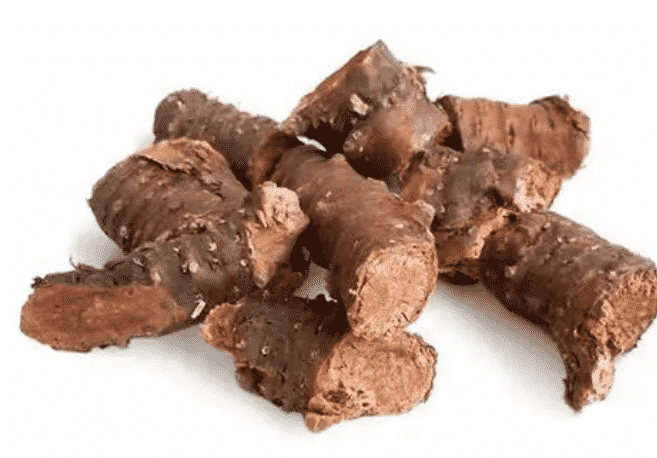
Lipopolysaccharide (LPS) induces the release of pro-inflammatory factors and other inflammatory mediators, causing endotoxemia.In a mouse model where LPS induced pro-inflammatory cytokine release, erytinidine blocked pro-inflammatory cytokine upregulation by phosphorylation of NF-κB p65, p38, ERK, c-jun amino-terminal kinase by blocking NF-κB and ERK / MAPKs signaling and reducing tumour necrosis factor, interleukin-6 and interleukin-1 β levels
How did Rhodiola come from

The chemical name of erytinosine (s~aadrosade), antihydroxyphenyl JβJaJ glucosine, was isolated from the palix plant in NVOS, hence the earliest direct translation in Chinese is trichlorosine.Later, it was found that xNz. was found not only in willow plants, but also in many plants such as kumquat, azalea, rhodiola and Virgin VirginFormer Soviet scholars confirmed s~aadrosade in the OM century SM s as the major active ingredient adapted to the original plant rhodiola llum, and translated it to rhodiola rosine.It also promotes the extensive and in-depth study of rhotinine in China
Protective effect on the heart

In the course of clinical experiments, homologous control trials showed that rhodiola can significantly improve clinical symptoms, increase myocardial contractility, increase cardiomyocyte viability, and have an obvious protective effect on the heart
Patients with coronary heart disease were divided into conventional treatment group and rhodiola treatment group. It was found that through treatment, ST segment change, T wave change and heart rate variation analysis were significantly more efficient than the conventional treatment group, indicating that large rhodiola can improve electrocardiogram abnormalities in patients with coronary HD.
Protective effects on the hypoxic heart
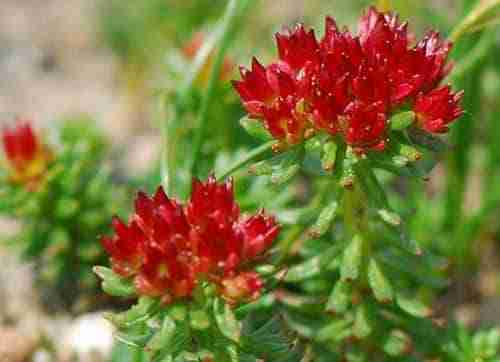
In vivo experiments also confirmed that rhotinine was protective against hypoxia-induced cardiomyocyte injury in vitro cultures.Rhodiola rosine mass concentration at 30~120 μmol/L was dose-related against hypoxia-induced apoptosis, necrosis, and cell survival in lactating mice
